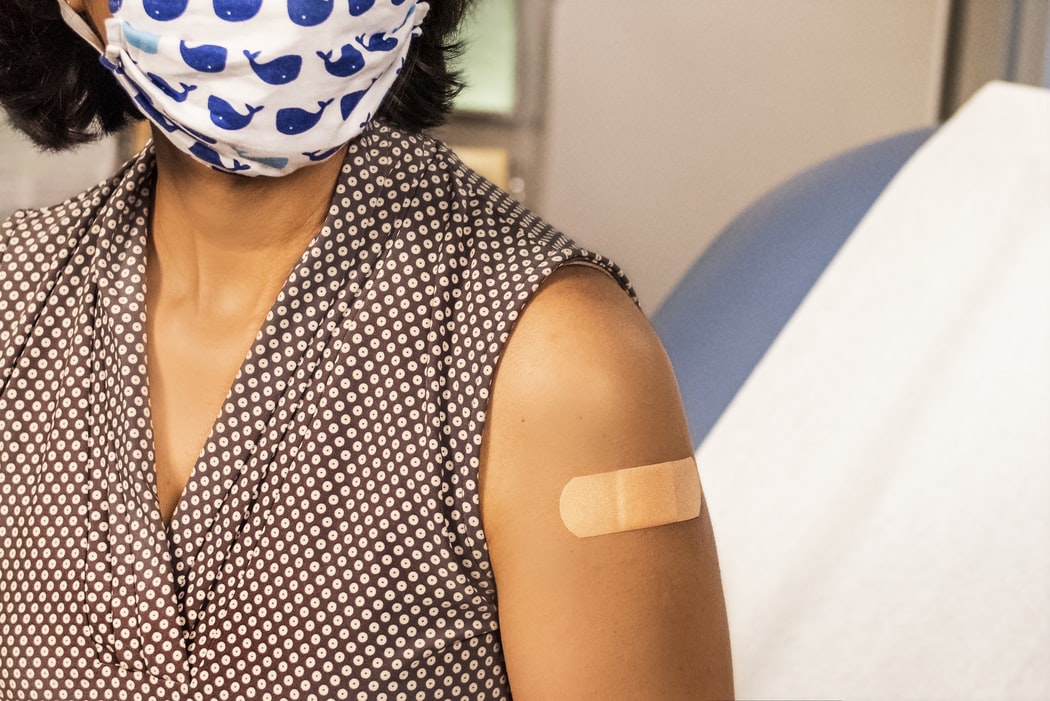OPINION | Opening up when 80% of eligible adults are vaccinated won’t be ‘safe’ for all Australians
We’ve all grown tired of lockdowns, border closures and other restrictions. So the promise of a freer life, when 70% and then 80% of Australians aged 16 and older are vaccinated, feels like a beacon on the horizon.



